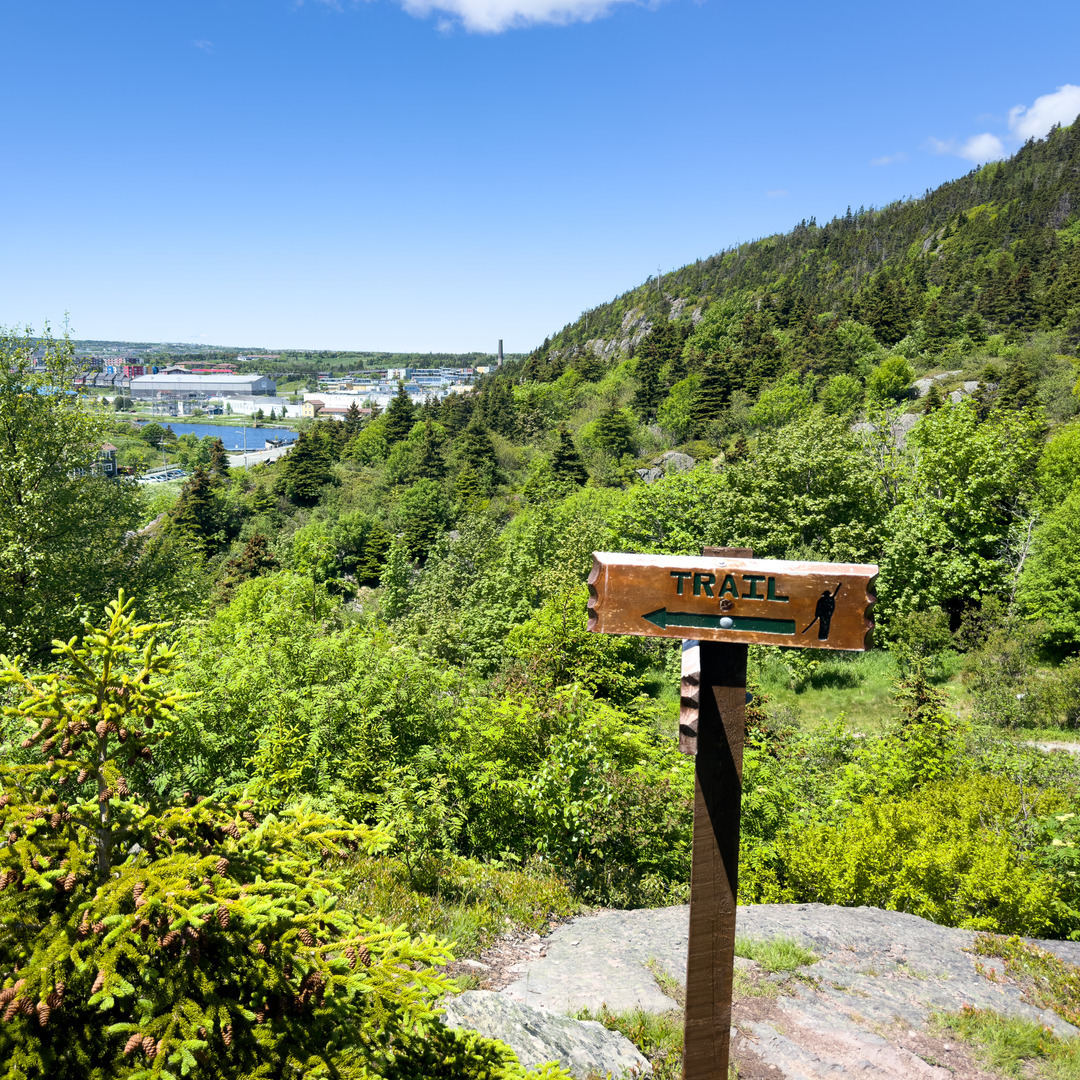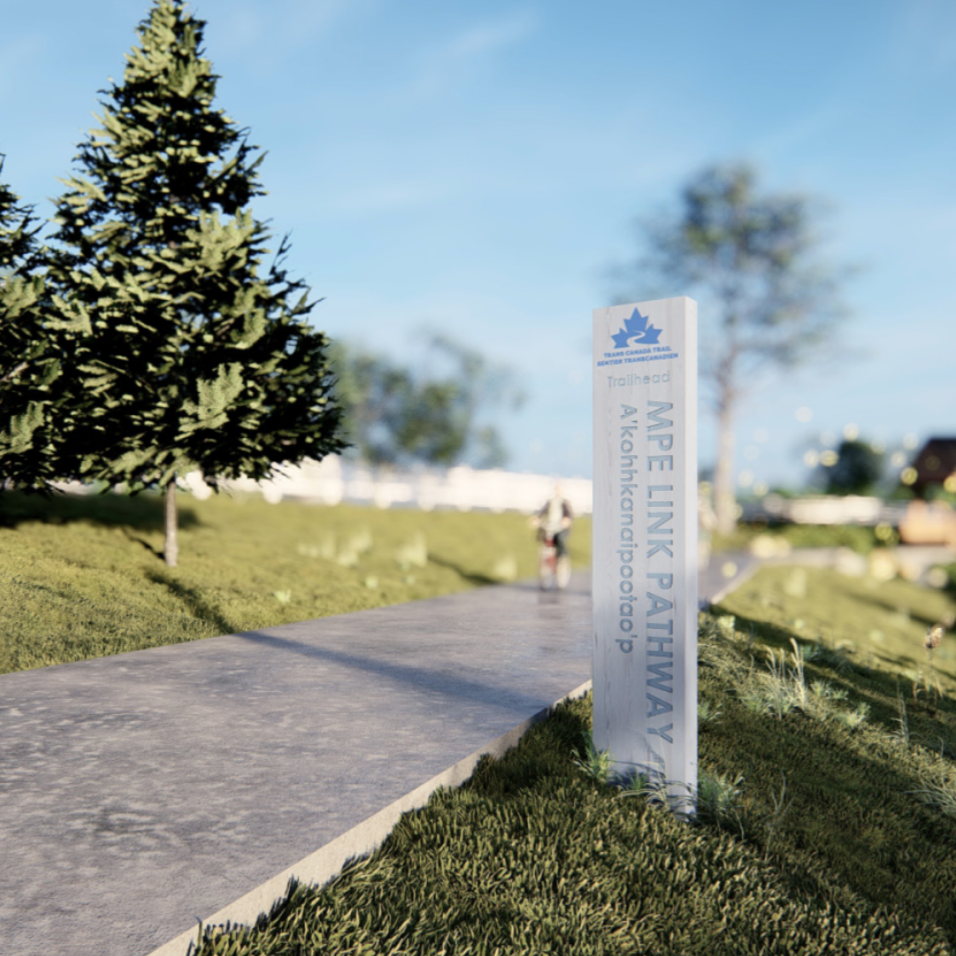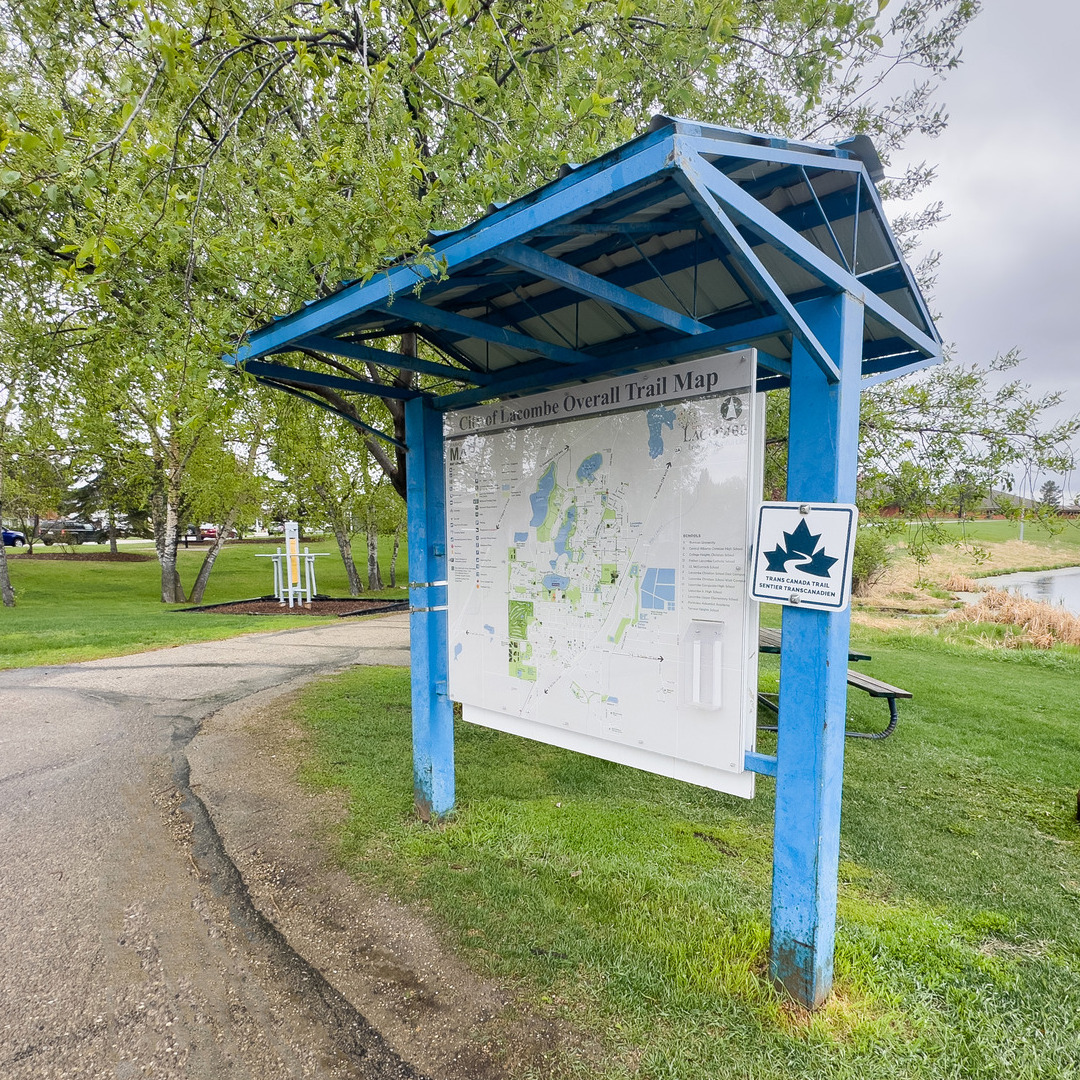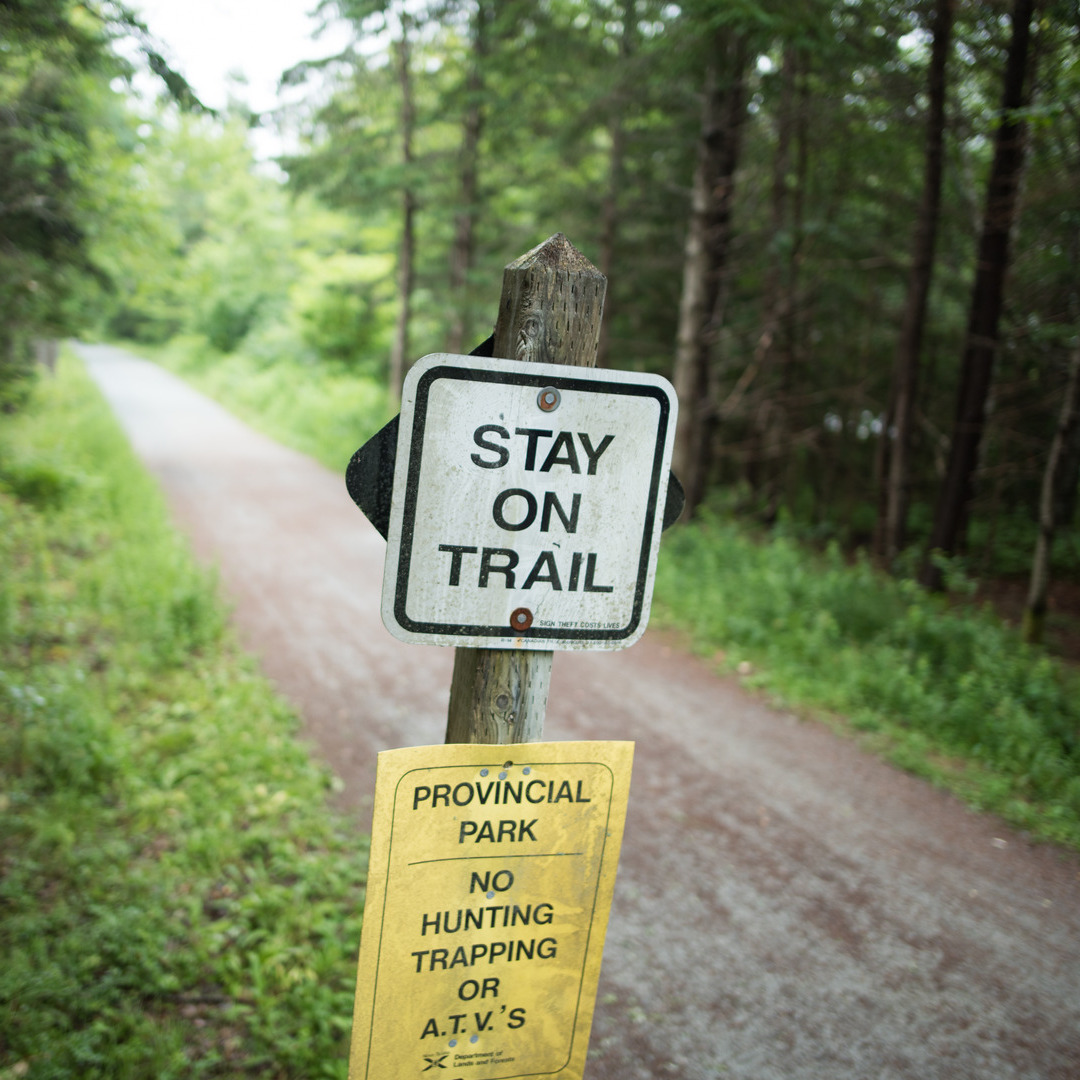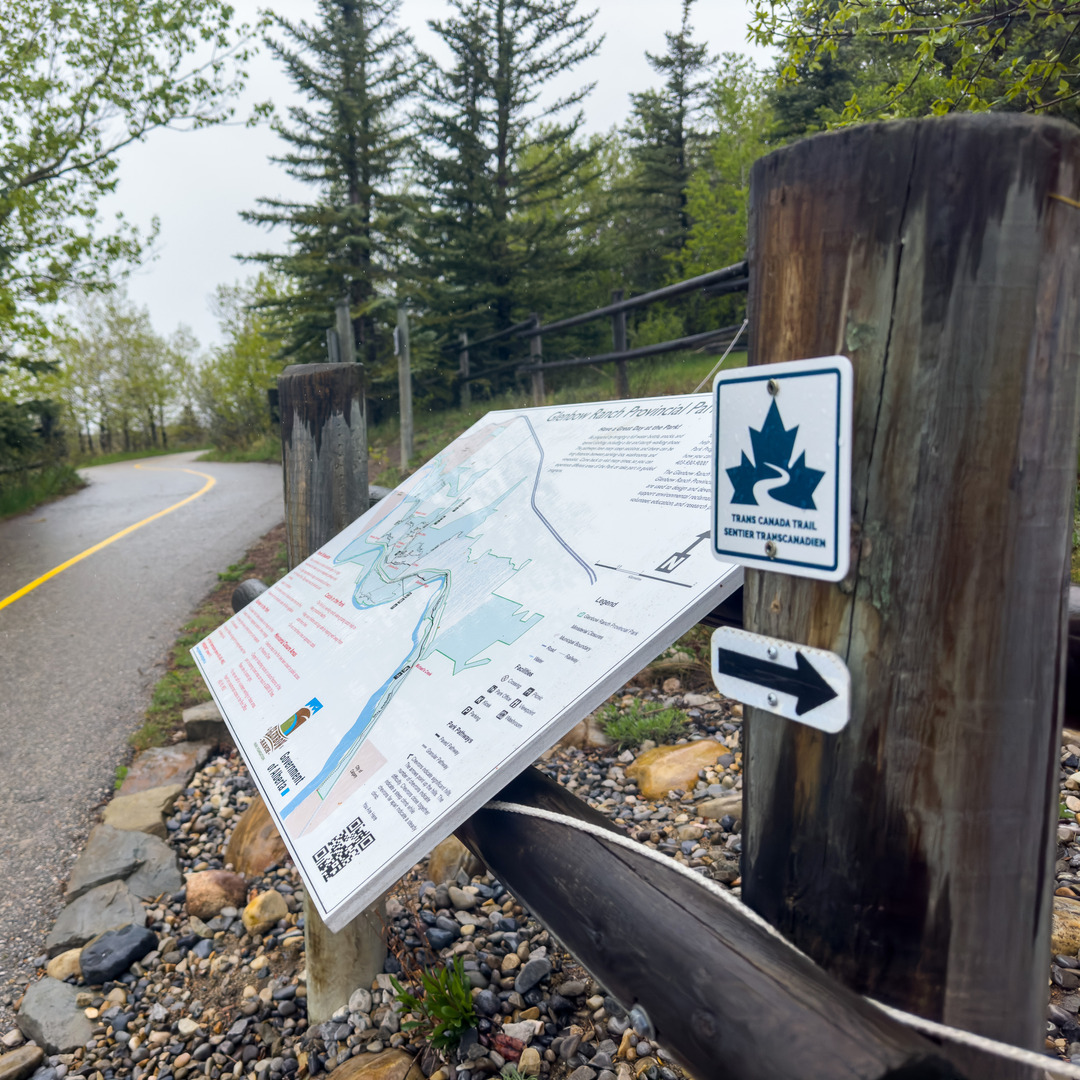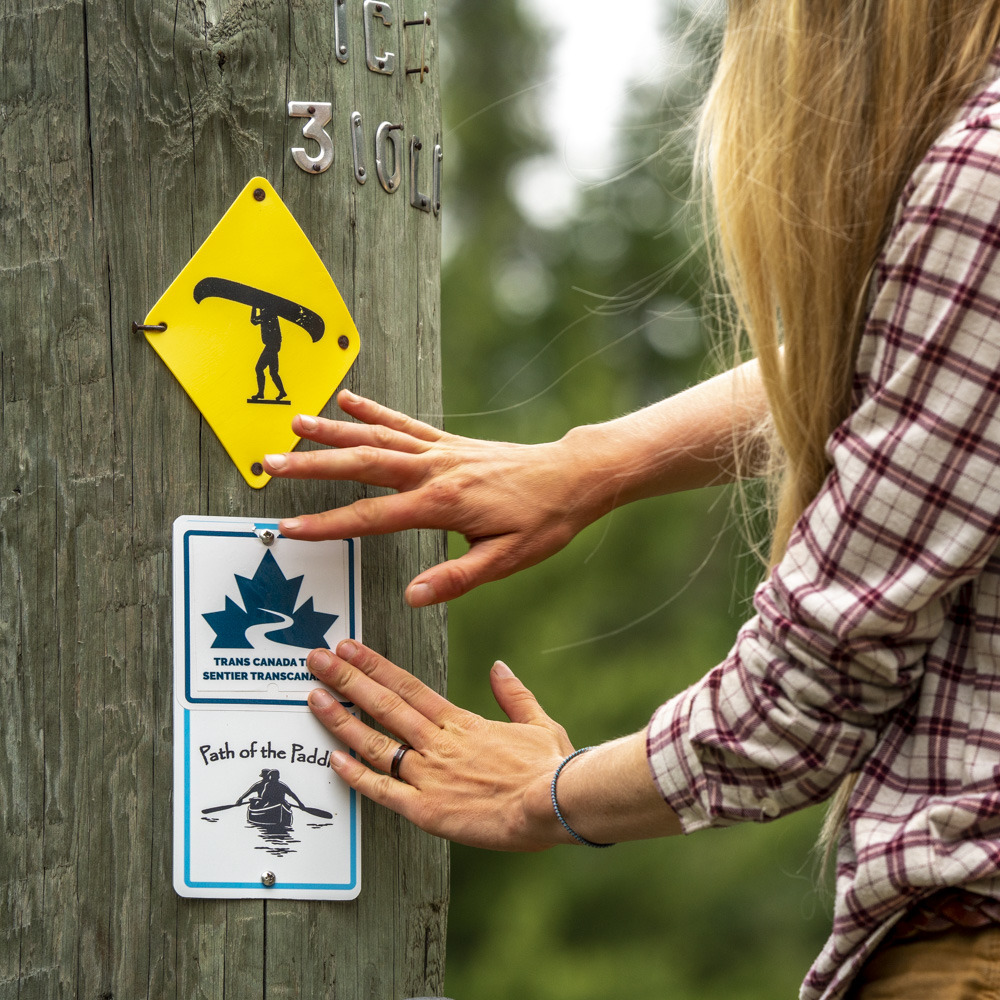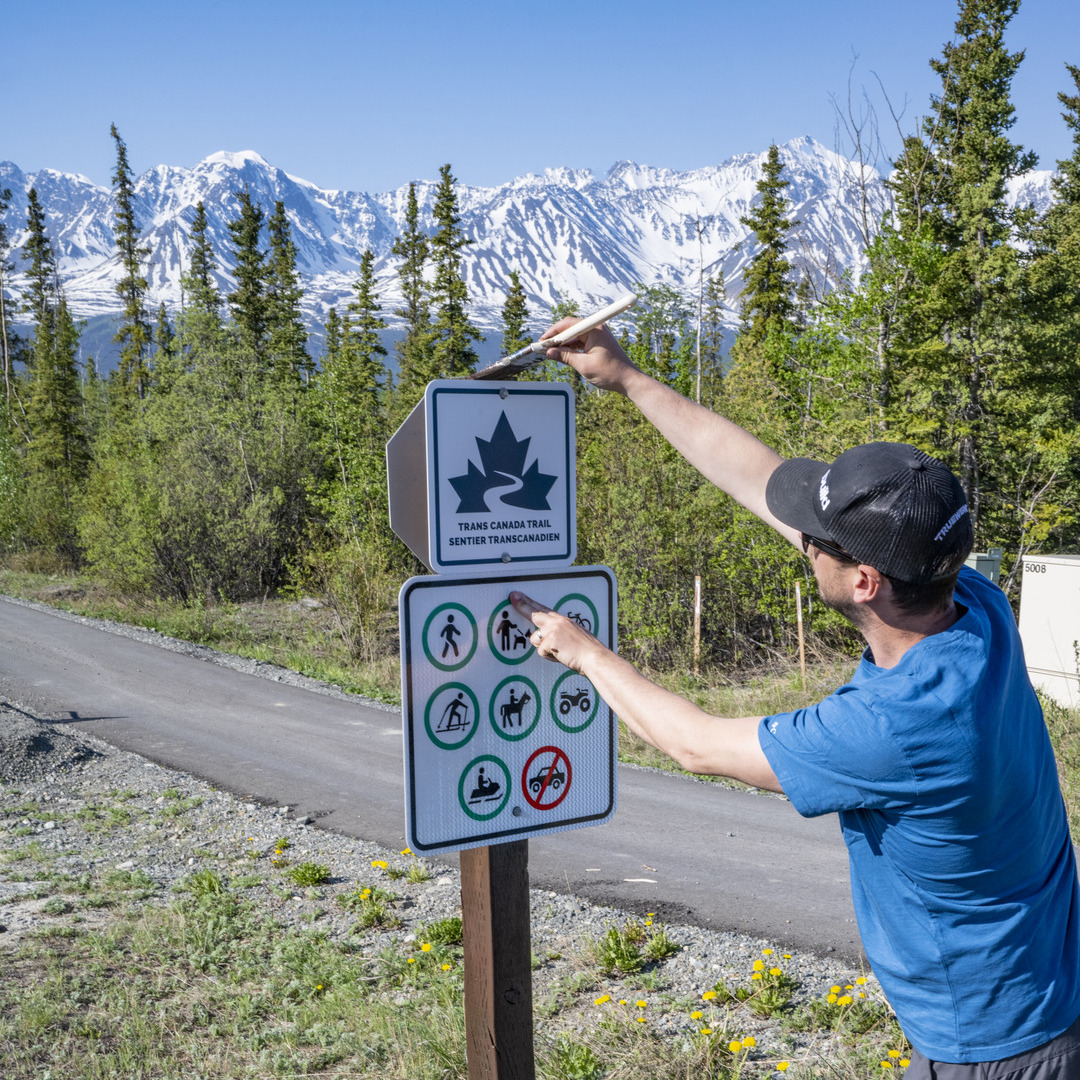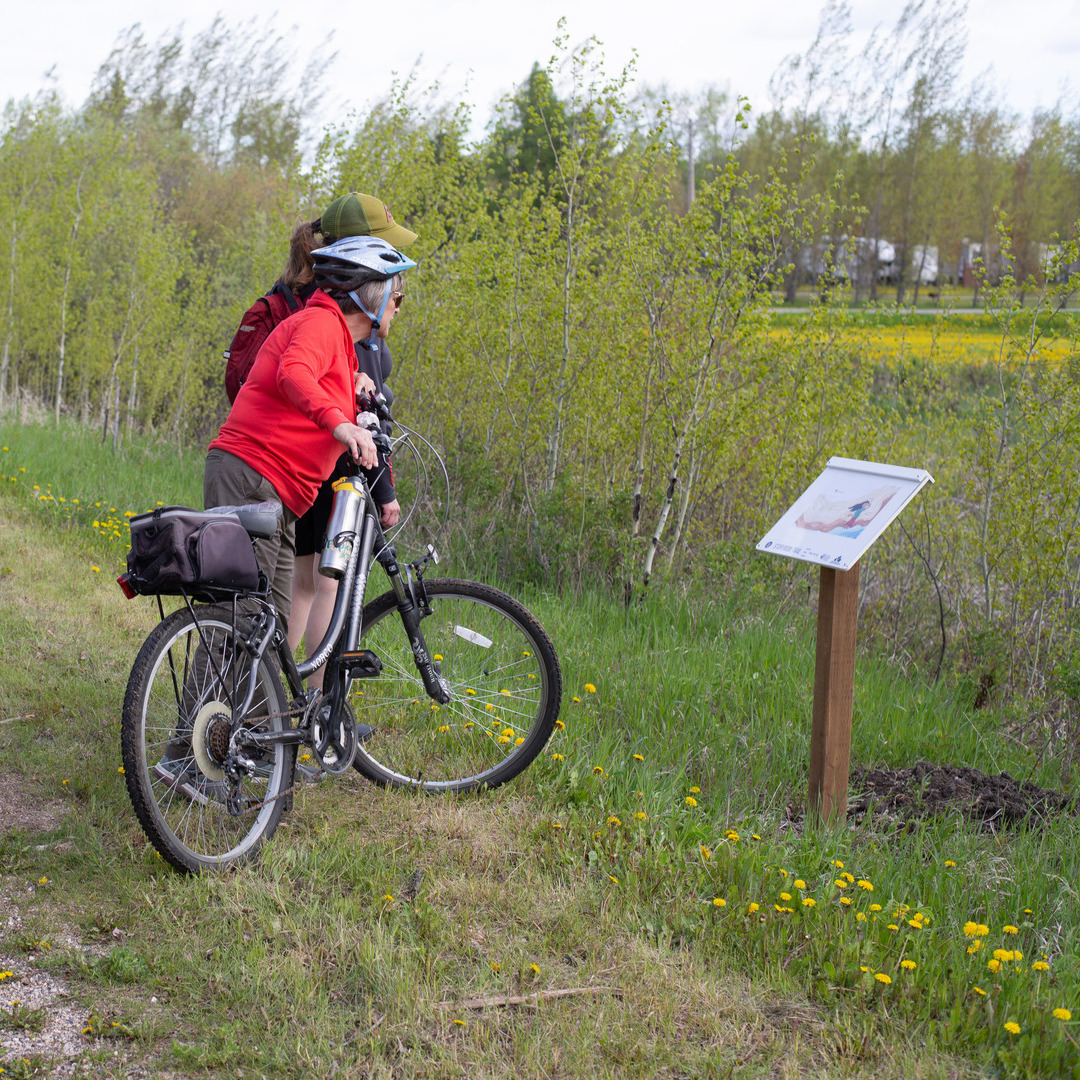Signage Best Practices Guidelines
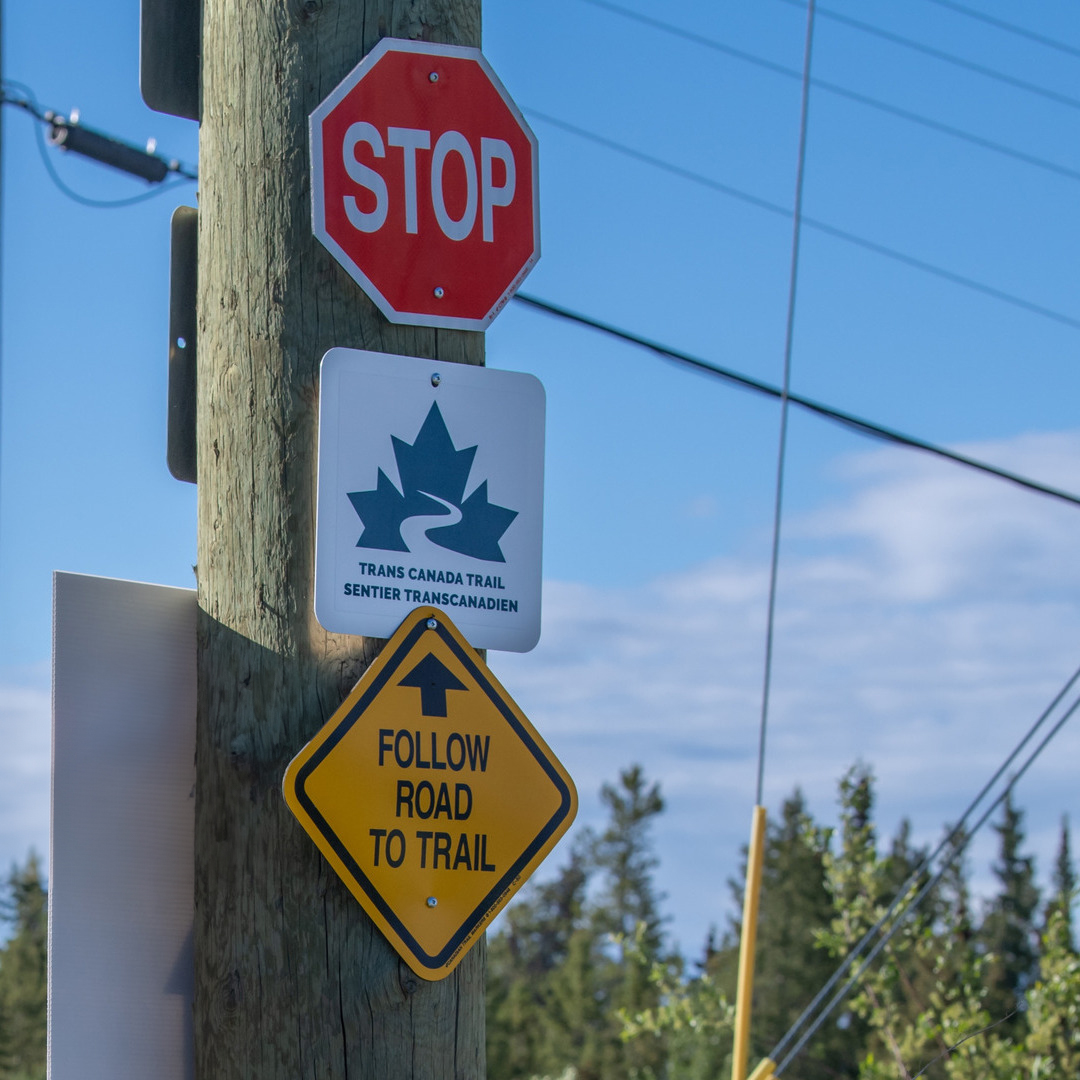
Importance of Signage
Signage is the most important part of any trail.
Every sign tells a story and is critical to the operation of a quality trail system. Signs are a highly visible representation of that quality and provide positive exposure to the trail, attracting more users. Signage is used to educate, provide reassurance, control usage, offer advice, provide safety information, and create a friendly and welcoming overall experience. It’s the easiest way to leave trail users with a positive impression, which inevitably is the quickest way to increase the Trans Canada Trail’s identity and boost public support.
The following guidelines will help as you create and implement a comprehensive sign plan for your trail network.
Purpose of these Guidelines
The purpose of these guidelines is to provide guidance for developing good signage practices across the Trans Canada Trail network. Signs are necessary, no matter what type of trail you manage and maintain.
It is important to have consistent sign programs to ensure safe travel and provide a positive user experience. Effective signage can change people’s behaviour and visual information is often processed much faster than written text.
The scope of these guidelines is intended to cover trail signage that is specifically found on the Trans Canada Trail.
These guidelines will help you create sign solutions for the trail environment and the conditions that live in harmony with the trail you manage.
Note: The guidelines are updated regularly as needed to ensure it is up to date.
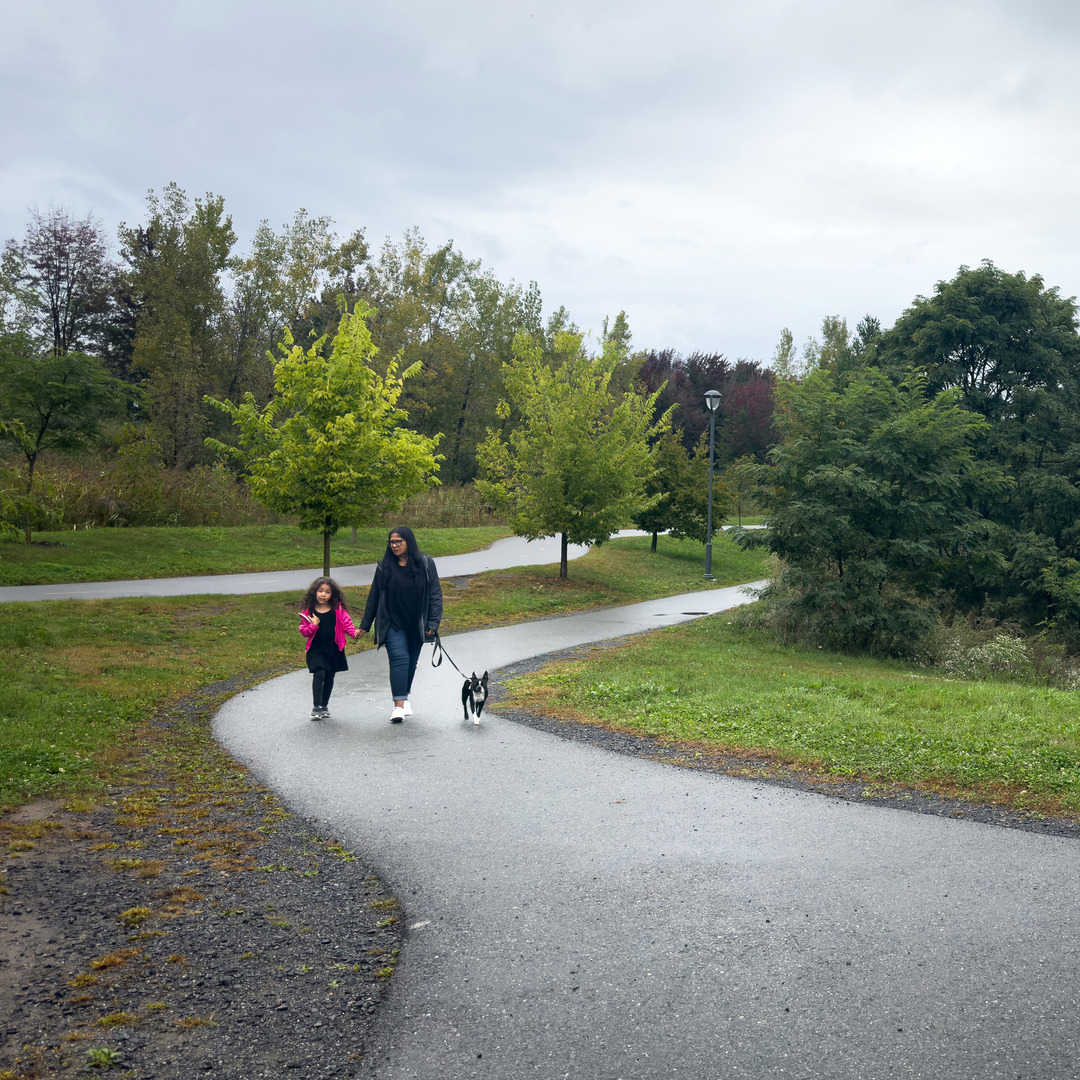
Online References
- Trails Technical Document #2; Trail Signage Guidelines for the New York State Park System
- Guidelines for Snowmobile Trail Signing & Placement; International Association of Snowmobile Administrators
- Signage Guidelines; Harbour Authority Guidebook, Maritimes and Gulf Regions
- Sign and Poster Guidelines for the Forest Service; United States Department of Agriculture
- Parks Canada Identity Program; Exterior Signage Standards and Guidelines
- Wayfinding Signs: Who, What, When, Where, and Why; American Trails
Disclaimer
These guidelines are being made available to our Trail partners and the trail sector in general to help trail operators consider, plan and develop good signage practices. The guidelines do not include accessibility requirements, standards or engineering specifications. All illustrations and photos are included for example purposes only and should not be used as an issued directive for the development of accessible trails. Trail operators, planners and designers are responsible for ensuring their trails and trail infrastructure meet applicable standards and are approved, designed, constructed and managed by properly qualified experts. Trail operators should regularly review their trail’s condition to ensure it continues to meet applicable standards. Trans Canada Trail, its contractors and other contributors assume no liability for this content or its application.
Errors and Omissions Excepted (E&OE)
Trans Canada Trail is not sponsored by any of the groups, companies or affiliates mentioned within this document. At the time of publication, the references mentioned were seen as good resources. As documents are updated due to changes in building codes, ISO standards and transportation laws, it is suggested the reader review the references and complete their own due diligence.
For further information, research trail signage guidelines, trail design or active transportation signage guidelines.
It is of utmost importance that local authorities, appropriate consultants and engineers are consulted prior to designing and constructing your trail’s sign plan.


